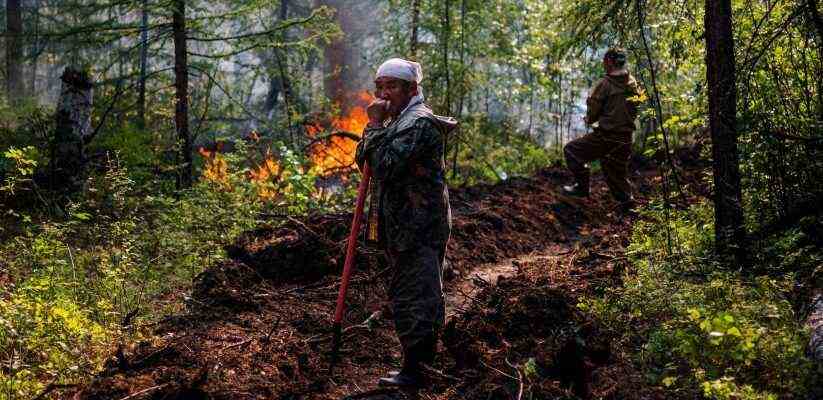It should come as no surprise that climate change is threatening human health. Prolonged heat waves are particularly deadly; in the past 20 years, the number of people over 65 who died as a result of extreme heat has doubled worldwide. And with the unchecked rise in temperature, the risks continue to increase. The medical journal The Lancet therefore calls climate change the greatest global public health threat of the century.
It is all the more surprising that these health risks have so far hardly been reflected in climate policy. In order to weigh up climate damage, politicians use so-called integrated assessment models, which also include the “social costs of carbon”. These are, for example, the economic damage caused by a ton of CO₂, for example through reduced crop yields. In this way, the benefits of climate protection can be expressed in numbers, similar to an insurance policy. However, there is hardly any damage to humans in the assessment.
To change that, Columbia University developed a new metric called the “mortality cost of carbon” – or, in other words, how many people die from greenhouse gases. The numbers that the Author of the study Daniel Bressler has calculated, are huge. If the world stays on its previous emissions path, climate change would claim an additional 83 million deaths by the end of the century – the earth would then have warmed by 4.1 degrees compared to pre-industrial times. If, on the other hand, it is possible to reduce emissions quickly with immediate effect, the number of deaths could be limited to nine million, i.e. 74 million lives could be saved.
The study is all about heat – other climate impacts are not even taken into account
The effect of individual measures can also be quantified as follows: If, for example, a coal-fired power station is shut down for only one year and its capacity is replaced by renewable energies, this will prevent 904 deaths by the end of the century. 100,000 cars with internal combustion engines that are on the road for a year produce 105 additional deaths, not including traffic accidents. Bressler only looked at the consequences of the heat, for example deaths as a result of heat stroke. Other climate impacts such as floods, heavy rain or climate-related armed conflicts are not even included in the calculation.
Even so, such modeling is of course very complex and depends on many factors and uncertainties. It is more than questionable that emissions will continue to rise as strongly as assumed in the “worst case” scenario and will not reach a plateau until 2090. However, the study shows the price of inaction very clearly and enables a much more precise estimate of the social carbon costs. If one takes mortality into account, according to Bressler, the social CO₂ price should be 258 US dollars per ton, seven times higher than the currently widely recognized international price DICE model estimated.
Ultimately, it’s about how much the life of future generations – or our own – is worth to us. And how ready we are to align our actions today with the goal of preventing future suffering.
(This text is from the weekly Newsletter Environmental Friday you here free of charge can order.)

